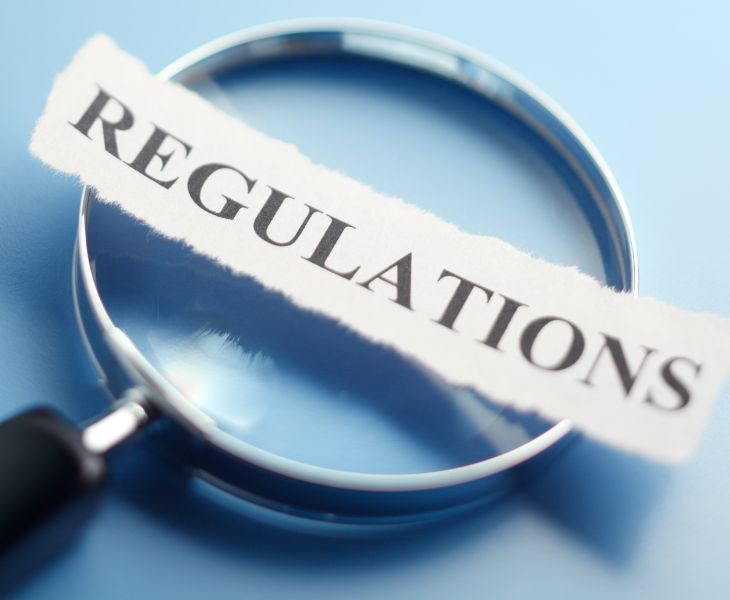In the bustling world of e-commerce, maintaining a positive reputation is crucial for success, and this is especially true for sellers on Amazon, one of the largest online marketplaces globally. However, no matter how stellar your products or customer service might be, negative reviews are an inevitable part of doing business. Handling these reviews with grace and efficiency is not only essential for maintaining your brand's reputation but also for turning potential setbacks into opportunities for growth.
Negative reviews can be disheartening, but they also offer invaluable insights into customer experiences and expectations. They highlight areas where your business can improve and provide a chance to demonstrate excellent customer service, potentially transforming dissatisfied customers into loyal advocates.
In this blog post, we will explore effective strategies for managing negative reviews on Amazon. From understanding the importance of a timely and professional response to implementing feedback for continuous improvement, we will cover actionable steps that can help you navigate the challenges of negative feedback. Whether you're a seasoned seller or new to the platform, mastering the art of handling negative reviews is crucial for fostering trust and ensuring long-term success on Amazon.
Let's delve into the key practices that can help you turn negative reviews into positive outcomes and enhance your overall customer satisfaction and business performance.
1. Understanding the Impact of Negative Reviews
Negative reviews can affect your sales, brand image, and overall business performance. They can:
- Reduce Sales: Potential buyers often read reviews before making a purchase. Negative reviews can deter them from buying your product.
- Lower Search Rankings: Amazon's algorithm favors products with positive reviews, so a high number of negative reviews can push your product lower in search results.
- Damage Reputation: Consistent negative feedback can harm your brand’s reputation, making it harder to win customer trust.
Understanding these impacts is the first step towards handling negative reviews constructively.
2. Analyze the Feedback
Negative reviews can offer valuable insights into your products and services. Analyze the feedback to identify common issues. Ask yourself:
- Is there a recurring problem?
- Are there specific features customers are unhappy with?
- Can the product be improved based on the feedback?
Use this information to make necessary adjustments to your products and processes.
3. Improve Your Product
Based on the analysis of the negative reviews, take steps to improve your product. This could involve:
- Quality Control: Ensure that all products meet a high standard of quality before shipping.
- Product Features: Modify or enhance product features to address common complaints.
- Packaging and Shipping: Improve packaging to prevent damage during transit and ensure timely delivery.
Making these improvements can reduce the likelihood of negative reviews in the future.
4. Request Seller Feedback Removal
In some cases, you may be able to request Amazon to remove a negative review in case it is a feedback on the fulfillment or the product. You can click the request removal option and remove the feedback. This is possible if the review violates Amazon's review guidelines, such as:
- Offensive Language: The review contains abusive or inappropriate language.
- Personal Information: The review includes personal information or privacy breaches.
- Irrelevant Content: The review is not related to the product or service.
To request removal, report the review through Amazon's seller portal and provide a clear explanation of how it violates the guidelines.
5. Encourage Positive Reviews
Counterbalance negative reviews by encouraging satisfied customers to leave positive reviews. Here are some strategies:
- Follow-Up Emails: After a purchase, send a follow-up email thanking the customer and kindly requesting a review.
- Incentives: Offer small incentives, like discounts on future purchases, to encourage customers to leave reviews.
- Excellent Customer Service: Providing exceptional customer service increases the likelihood of receiving positive feedback.
- Packaging Insert: Including a packaging insert can be beneficial for both you and the customer in the selling. Provide your contact details, including your email address or customer service number, so the customer can reach out to you directly with any questions or concerns about the product.
6. Build a Strong Brand Reputation
Building a strong brand reputation can help mitigate the impact of negative reviews. Focus on:
- Quality Products: Consistently deliver high-quality products that meet customer expectations.
- Customer Engagement: Engage with your customers through social media, newsletters, and direct communication to build a loyal customer base.
- Transparency: Be transparent about your products and policies. Honesty builds trust and credibility.
7. Use Negative Reviews as a Marketing Tool
Believe it or not, negative reviews can be turned into a marketing asset. Here’s how:
- Showcase Resolutions: Highlight instances where you resolved customer issues effectively. This demonstrates your commitment to customer satisfaction.
- Highlight Improvements: If you've made product improvements based on customer feedback, showcase this in your product descriptions and marketing materials.
- Balance the Narrative: Use negative reviews to provide a balanced perspective. Potential customers may trust your brand more if they see you handle criticism constructively.
8. Keep Monitoring and Adapting
Constantly monitor your reviews and adapt your strategies accordingly. Use tools and software that can help you track customer feedback and automate responses. Staying on top of reviews ensures that you can address issues promptly and continuously improve your products and services.
9. Legal Considerations
In some cases, you might encounter fraudulent or malicious reviews. If you suspect this, consider the following steps:
- Document Everything: Keep detailed records of all transactions and communications.
- Contact Amazon: Report the suspicious activity to Amazon with all necessary evidence.
- Legal Action: As a last resort, consult legal counsel to understand your options.
Conclusion
Handling negative reviews on Amazon effectively is crucial for maintaining your brand's reputation and fostering customer loyalty. By responding promptly and professionally, learning from feedback, encouraging positive reviews, and utilizing Amazon's tools, you can turn negative reviews into opportunities for growth. Building a strong brand image and consistently delivering quality products will further help you navigate the challenges of negative feedback, ensuring long-term success in the competitive e-commerce landscape.
Implementing these strategies will not only help you manage negative reviews but also enhance your overall customer satisfaction and business performance on Amazon.







3 Responses
Worthy.
According to this Article I understood, Negative review is not negative for us. It gives good idea and brand improvement and trustworthy with customer. Making your Brand trustworthy we need to focus improvement in our brand and customer satisfaction. We should appreciate also the positive reviews. And this article gives a clear idea to customer engagement. Thank you
கவர்ச்சி image பிராண்ட் வாடிக்கையாளர் திருப்தி அடைய வேண்டும் என்பது உறுதியாகிறது